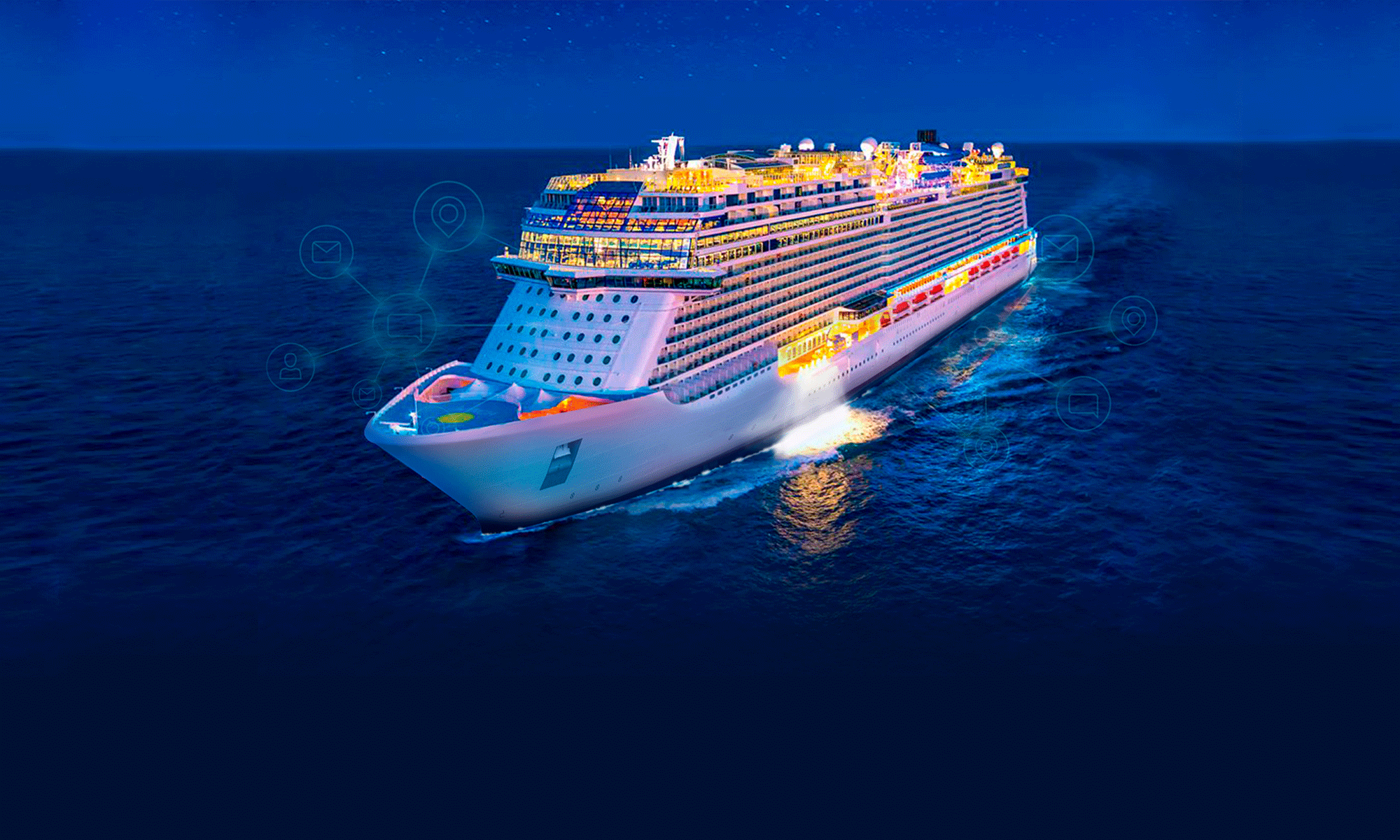More businesses worldwide are beginning to understand how wearable technology can make the workplace safer. The growing appetite has led to more demand, taking the global shipments of wearables to about 533.6 million units in 2021. In addition to improving efficiency and productivity, some wearables can become lifelines during emergencies. Many industries with frontline and field workers like logistics, emergency services, and healthcare are quickly adopting assisted reality smart glasses and other wearables.
The cruise industry is also quickly embracing wearable solutions thanks to COVID-19 (strange as it is to say this!). This post explains how wearable technology can increase safety measures and help your business in an emergency.
What’s Wrong With A Manual Process?
Businesses that have yet to maximize wearable technology for safety resort to manual processes when there is an emergency. Since things happen quickly during an emergency, every employee must know what is required to ensure their safety. Usually, this means businesses have to conduct fire drills where everyone must learn how to evacuate the premises and where to meet up in an emergency.
These drills require a designated person to do a headcount of everyone in a department to ensure safety. While fire drills are a great way to prepare for an emergency, doing a manual headcount during an emergency is prone to mistakes. A miscount, which is not unlikely, during an actual emergency may be tragic. Therefore, many businesses are embracing wearable technology for safety.
Wearable Technology In The Workplace
Although COVID-19 forced many workplaces to shut down and adopt better safety measures before reopening, a recent survey reveals that 68% of workers do not feel completely safe at work. Beyond creating improved ventilation systems, enforcing social distancing and mask-wearing, etc., workers want to be assured that they are safe in an emergency. It is the employer’s responsibility to keep employees safe and healthy when at work, and one of the best ways to ensure that is by maximizing wearable technology.
Today, wearables are more than just accessories. They can become valuable tools that take employees’ vital signs and guide them through potentially dangerous tasks. Wearables could be something as simple as fitness trackers or devices that collect and track health data to analyze how workers react to their immediate environment.
In the event of an emergency, wearables can become real-time locating systems, detecting and indicating the current location of all employees and showing those that might be close to the dangerous areas. Integrating software that offers the above makes it easy for the employer to know if any worker is still inside the building during an emergency. Emergency personnel can be told where to go to assist them.
Not all emergencies require all workers to evacuate the premises. Individuals may fall or have serious health issues. Sometimes, they may not be able to call for help. Fortunately, wearables can be configured to notify a designated department in the event of a fall or life-threatening situation. Features like step trackers, ECG tests, fall detection, etc., can pick irregularities and alert people nearby.
The emergency services sector is also in the wearable discussion. Beyond sending out an emergency alert to the emergency services, wearables can send vital patient information from the workplace to the emergency team waiting to treat the employee. Usually, paramedics have to log the details manually, which is time-consuming.
A Simulation Of Wearable Technology In Action: The Cruise Industry
Following a No Sail Order issued in 2019, CDC allowed cruise ships to resume operations in 2021. Travelers showed renewed interest in cruising, but they were also interested in the safety measures and how cruise lines can handle a coronavirus outbreak onboard. Cruise operators provided several answers, wearable technology being the most convincing.
In an onboard outbreak, an onboard contact-tracing system can swing into action to manage the situation. If each person onboard has a wearable that records their recent whereabouts, it becomes easy to identify people who may have had significant contact with an infected person. Such people can be immediately tested and quarantined if required.
Do you want a mission-critical technology that offers contact tracing and other crucial solutions during an emergency? NetTALK MARITIME has some solutions for you.
